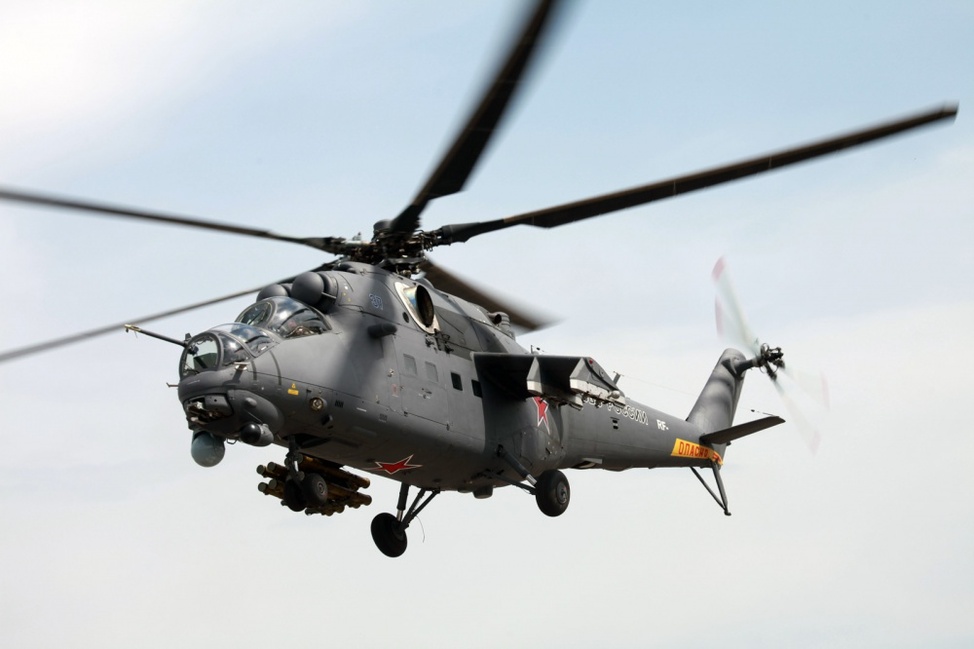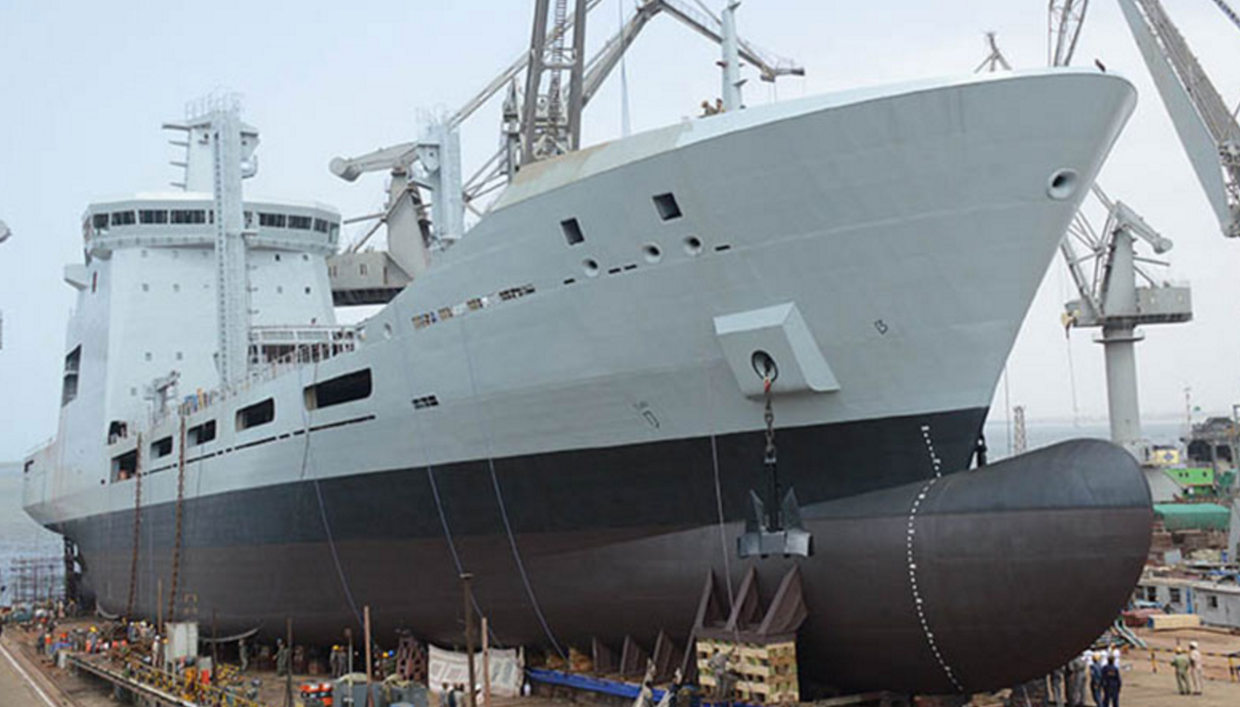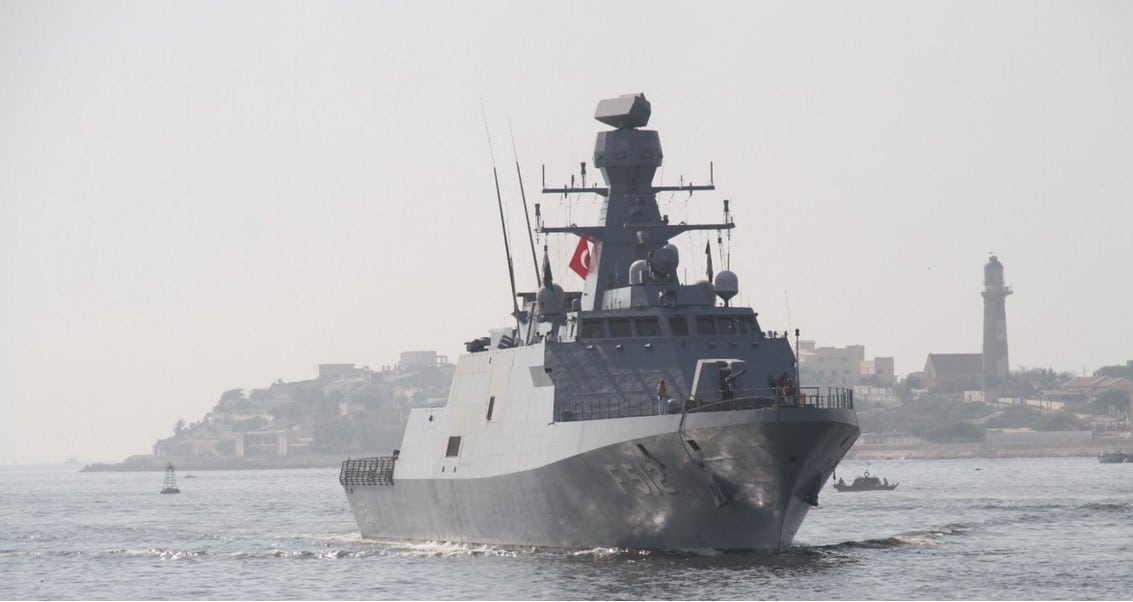31Views 0Comments

Russia Might Become a Key Defence Partner of Pakistan
17 November 2015
By Bilal Khan
Much has been said about the recent uptick in Russian-Pakistani defence ties, particularly in regards to the reports about the Pakistan Air Force (PAF) looking at the Sukhoi Su-35, but one thing is clear: Russia is poised to become a key vendor of military equipment and technology to Pakistan.
A ‘Helicopter Rebuild Factory?’
Russia is already a critical supplier of transport utility helicopters to the Pakistan Army. The Mi-171 forms the Pakistan Army Aviation (PAA) Corps’ transport backbone, especially in the context of the Army’s operations in the Federally Administered Tribal Areas (FATA). In August 2015 Pakistan finalized an initial order of 4 Mi-35 assault helicopters from Russia, and – according to Jane’s – it is looking to acquire up to 20 such machines. But beyond the platform acquisitions, Sputnik News is reporting that Pakistan is in talks with Russia to set up a maintenance and repair centre in Pakistan, enabling Pakistan to independently maintain its Mi-171 and future Mi-35 fleets in an efficient manner.
Unfortunately there are scarcely few details available as to what this ‘service centre’ could entail, but I am strongly hoping that it would mirror the Mirage Rebuild Factory (MRF) at Pakistan Aeronautical Complex (PAC) Kamra. The MRF was raised in 1974 to thoroughly overhaul and service the PAF’s large fleet of Dassault Mirage III/5 fighter aircraft: Its capacities range from being able to fully dissemble aircraft, inspect each part for ‘discrepancies’ (e.g. wear, fractures, etc), rectify or repair all issues, and re-assemble freshly repaired and serviced aircraft. It is in huge part thanks to the MRF that the PAF has been able to keep its legacy Mirages in a high operational status for well nearly 50 years.
Building such a capacity for helicopters in Pakistan, especially globally popular platforms such as the Mi-171, would be no small feat. This is a relatively new area of development for Pakistan, who has until now largely focused its aeronautical efforts to the maintenance, development and production of fighter aircraft. In a sense, the JF-17 itself is a culmination of initiatives such as the MRF and Aircraft Rebuild Factory (ARF – fully services the PAF’s Chinese fighter aircraft). Pakistan may not be planning to produce helicopters in the near future, but this service centre would be a tangible first step. In terms of immediate steps, it would be a boon for Pakistan if it could secure the ability to license manufacture certain parts and/or compete for maintenance and servicing contracts from other Mi-171 and Mi-26/35 users.
A Repair and Overhaul Centre for the RD-93?
Sputnik News also reported that PAC was looking to engage in a partnership with Russia in the area of engines, specifically in terms of ‘modernizing’ PAC’s engine servicing facilities. The JF-17 – i.e. the PAF’s emerging backbone fighter – uses the Klimov RD-93 turbofan, and while details are scarce as to exactly what the PAC is looking for (e.g. is it just training or actual facilities for the RD-93), I think it is fully appropriate to see PAC try and bring home the complete set of maintenance and overhaul technology and expertise relating to the RD-93.
Pakistan was able to do this with France in the 1980s when the MRF set up an ATAR 09C turbojet overhaul facility, certified by the French manufacturer SNECMA no less. Similar to how the MRF treats Mirage aircraft, the engine wing dissembles the ATAR 09C, professionally cleans and inspects it, identifies defects and/or signs of wear and decay, and – where possible – repair efforts are made in-house. In fact, in some cases the MRF would even manufacture new parts for use on an existing engine (be sure to refer to the MRF’s official website for more details – informative stuff)!
If PAC could secure this level of support for the RD-93 in Pakistan, it would be a solid technological and operational windfall for the PAF. For one thing, the RD-93 is a modern turbofan engine (i.e. an evolutionary step up from the ATAR 09Cs the MRF is presently supporting), so even being able to fully service this engine would infuse PAC with considerable expertise and technological uplift.
Secondly, it further grounds the JF-17 as a locally sourced and supported program. Remember, the JF-17 is the up and coming backbone fighter of the PAF, and thus it is absolutely vital that at least the engine’s long-term servicing aspect is fully owned by Pakistan. It’s one thing to not build new engines (a difficult feat), but it is quite another to have fighter aircraft sitting in the hangar because their engines are overseas for servicing. Moreover, this initiative (if it comes to fruition) may serve as a means for Pakistan and Russia to cooperate on further development of the RD-93, enabling PAC to directly engage with Klimov in order to identify areas of concern and improvement in the RD-93.
New Platforms?-
Although the above aspects are vitally important, our eyes and minds tend to gravitate towards ‘big’ platform acquisitions, such as the PAF’s purported interest in the Su-35 and Yak-130. I think it is far too early to point in that direction, but if the helicopter and engine maintenance centres come to fruition, then I think the groundwork for bigger acquisitions will have been laid. But even without the Su-35 and Yak-130, I think Russian-Pakistani defence ties are reaching a critical maturation point where such talk, while surprising today, will seem natural tomorrow.


